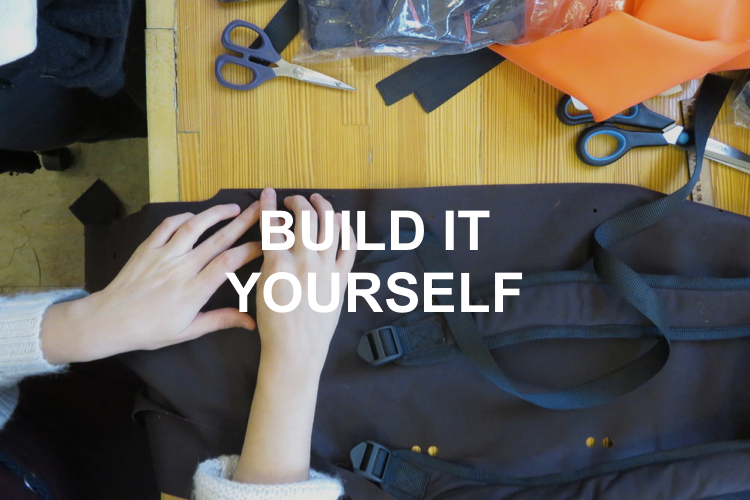MUSEO AERO SOLAR
[Neither] a brand, [nor] a copy-righted artwork […] neither a flying sculpture, nor a symbol or an aestheticization of some good, politically correct eco-sustainable practice, Museo Aero Solar is firstly a community.
— Pierre Chabard, ENS d’Architecture Paris La Villette
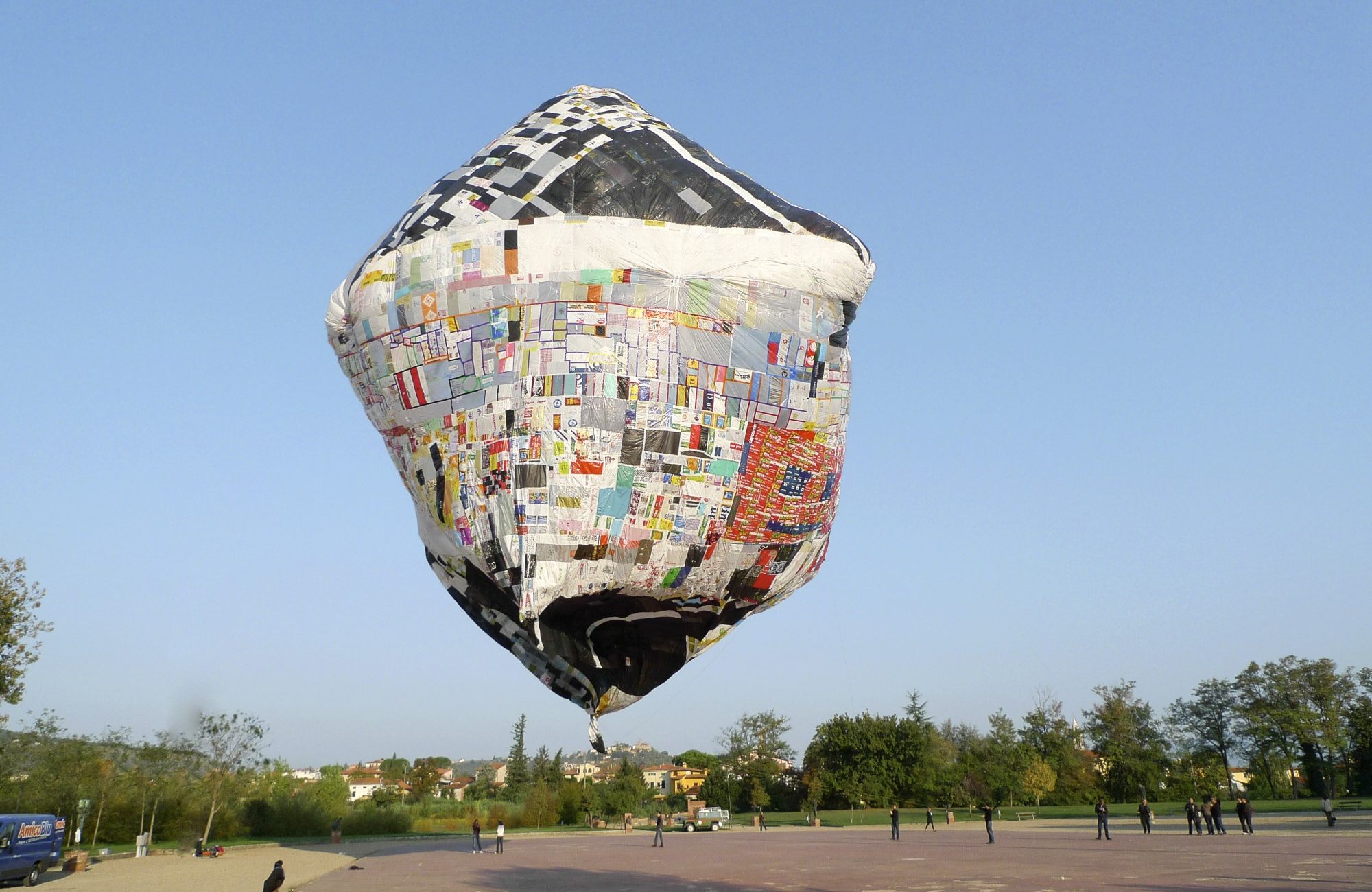
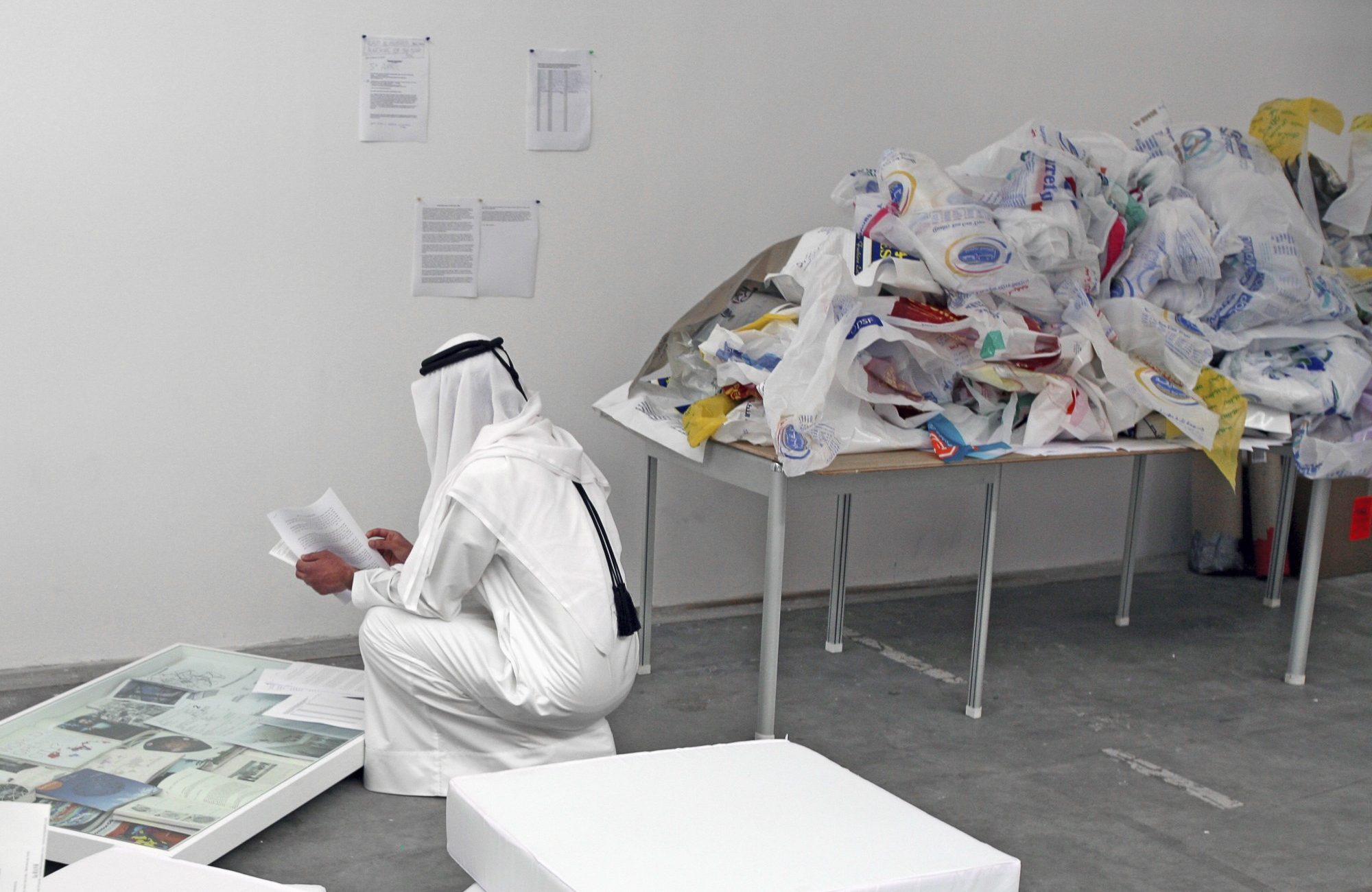
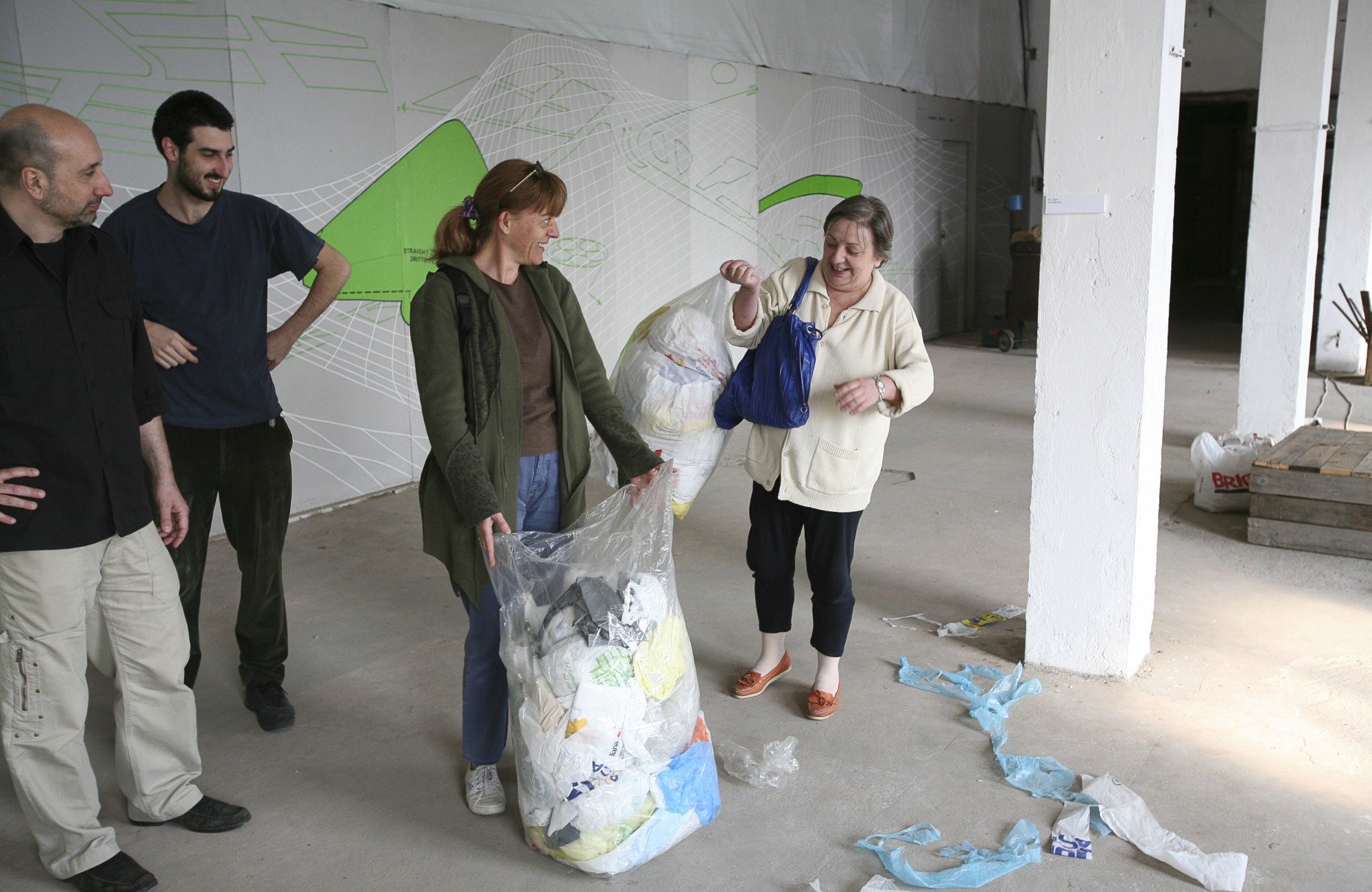


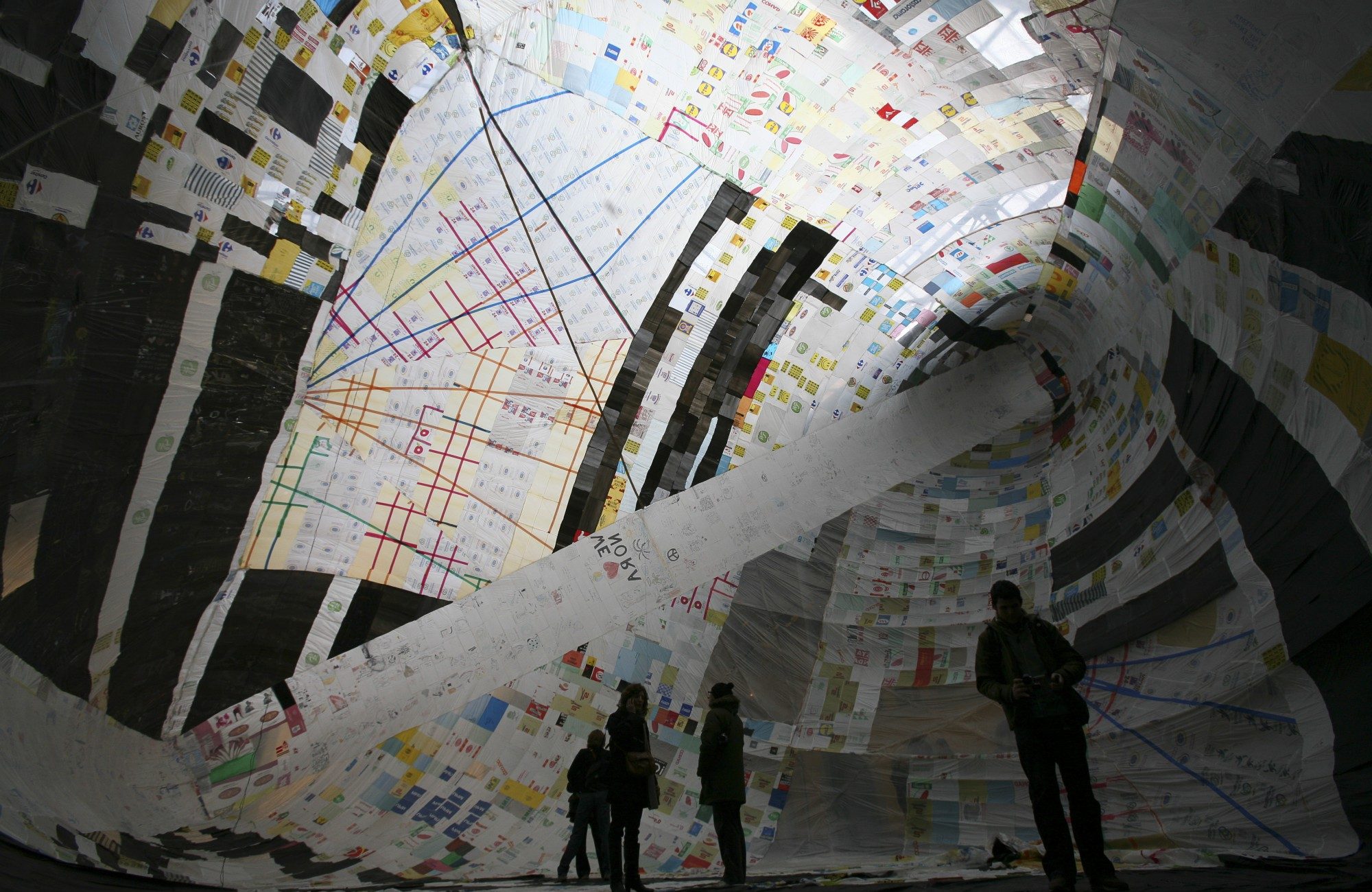




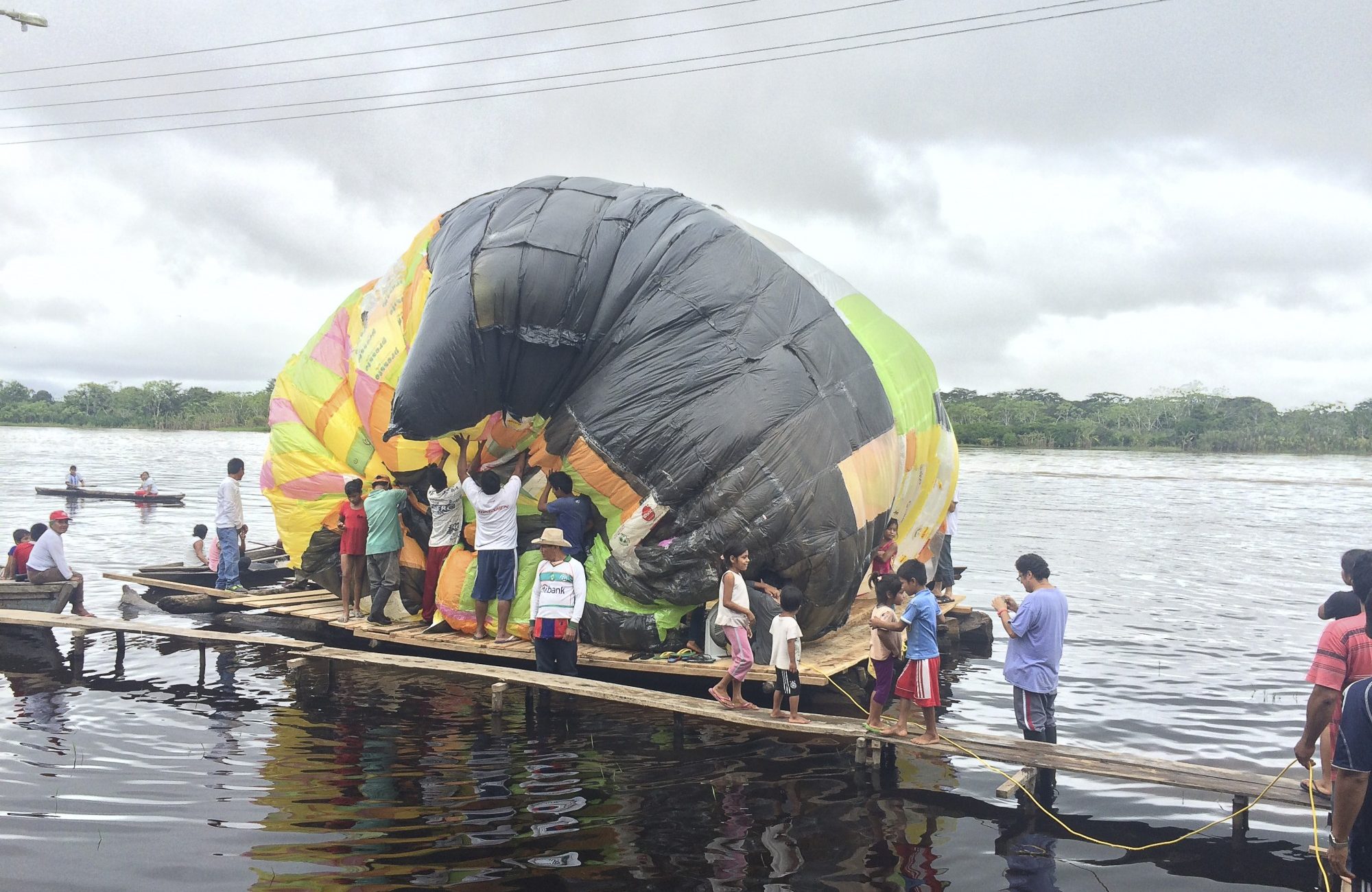
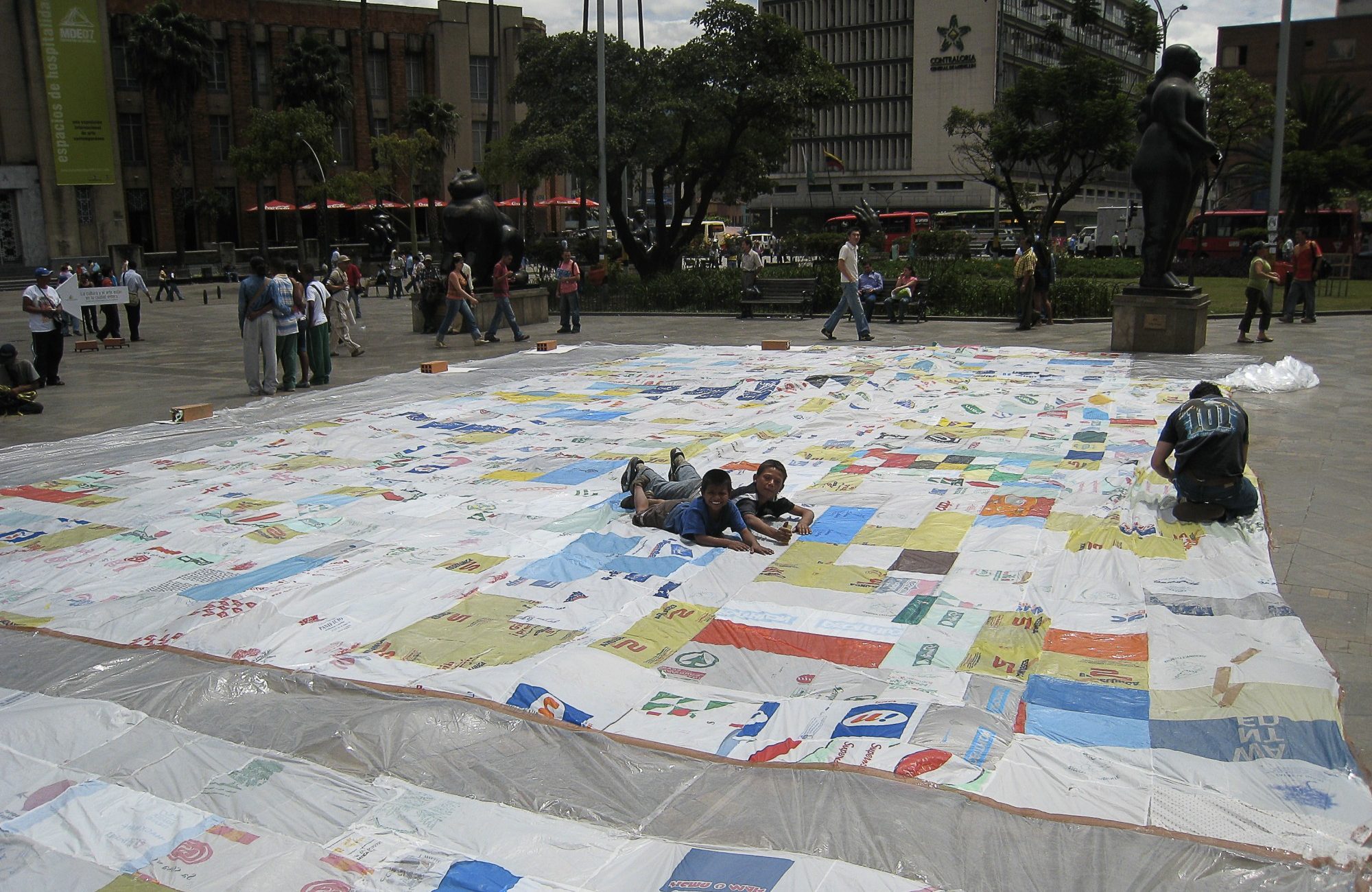
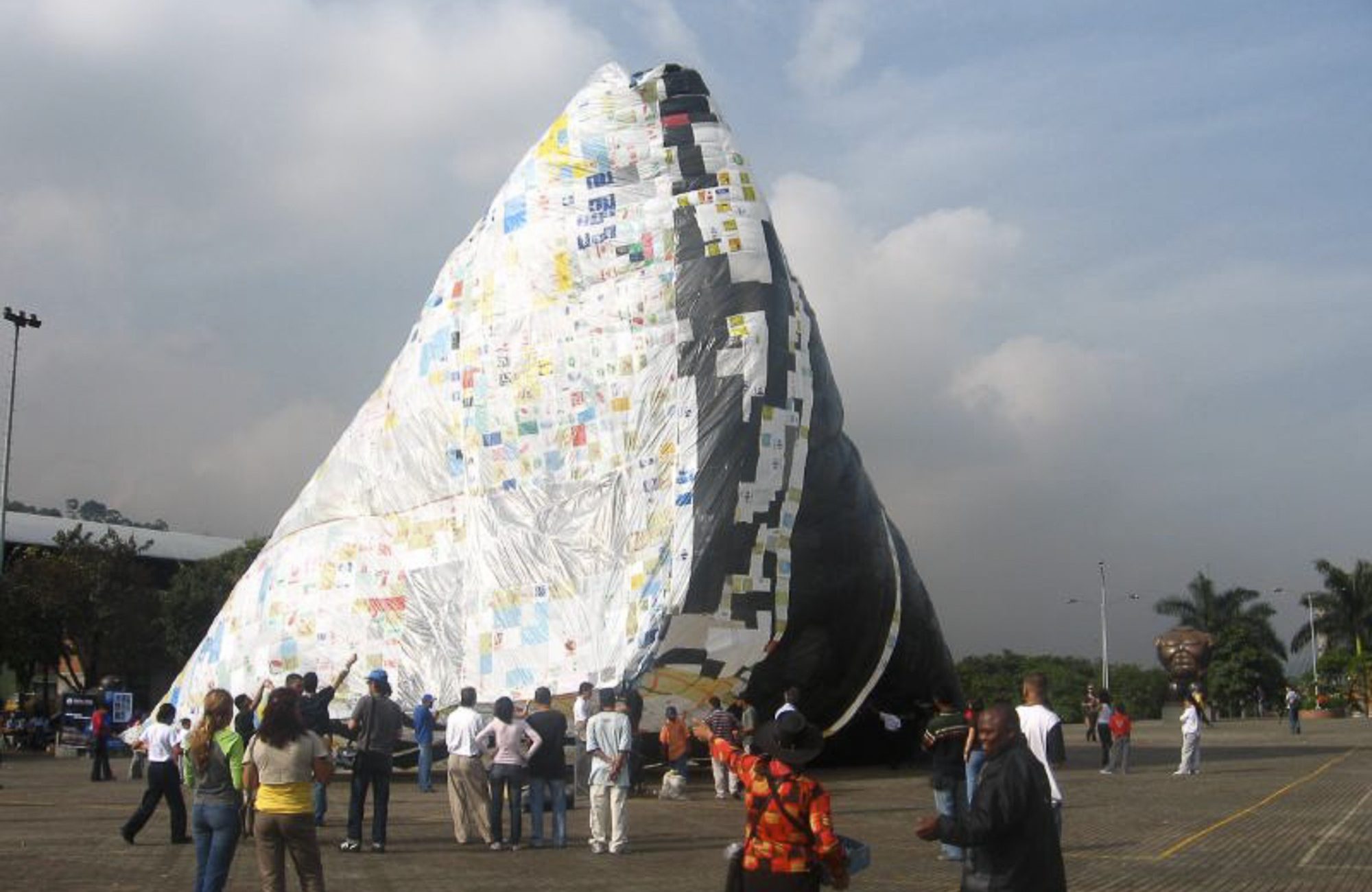

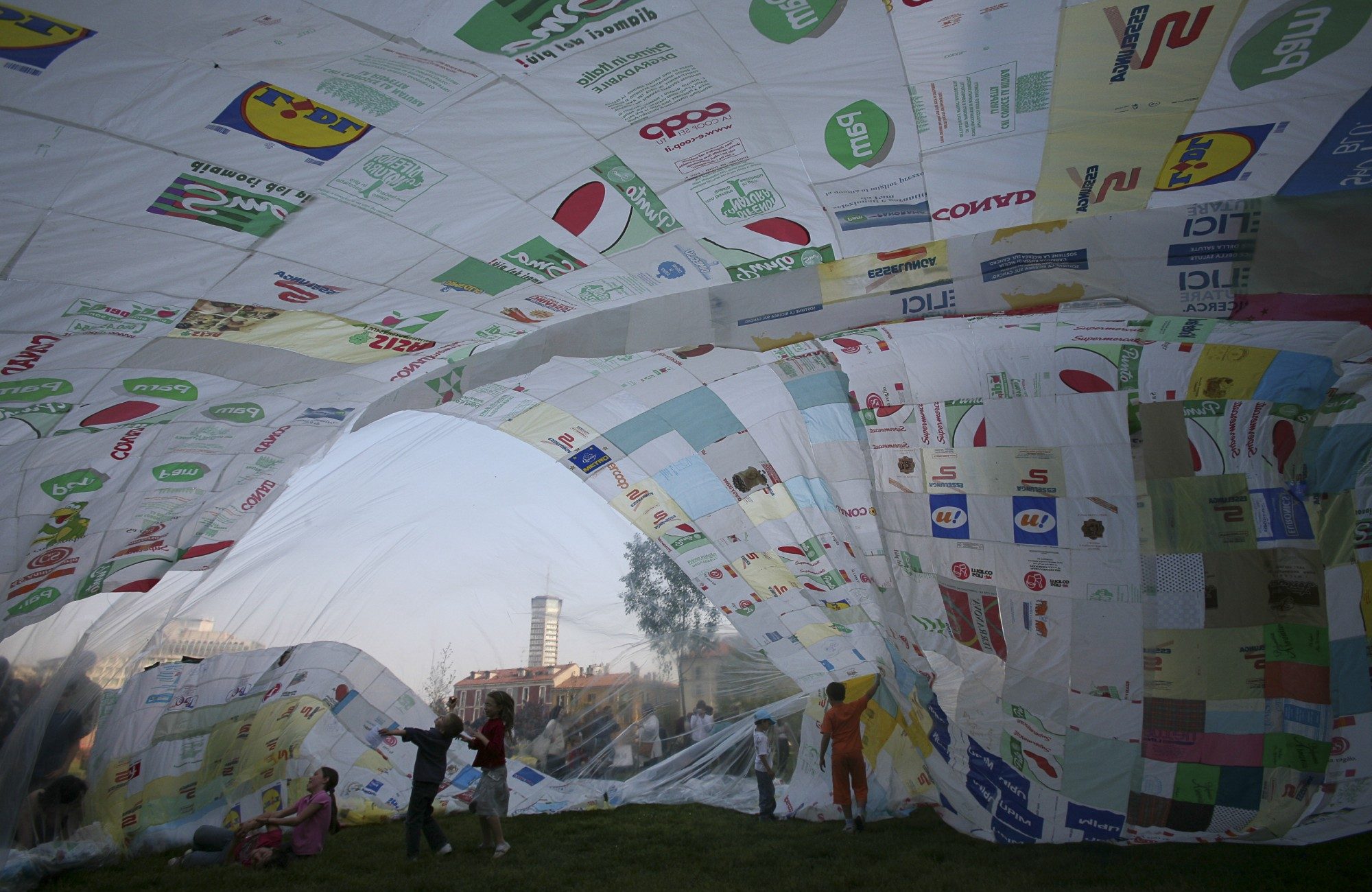
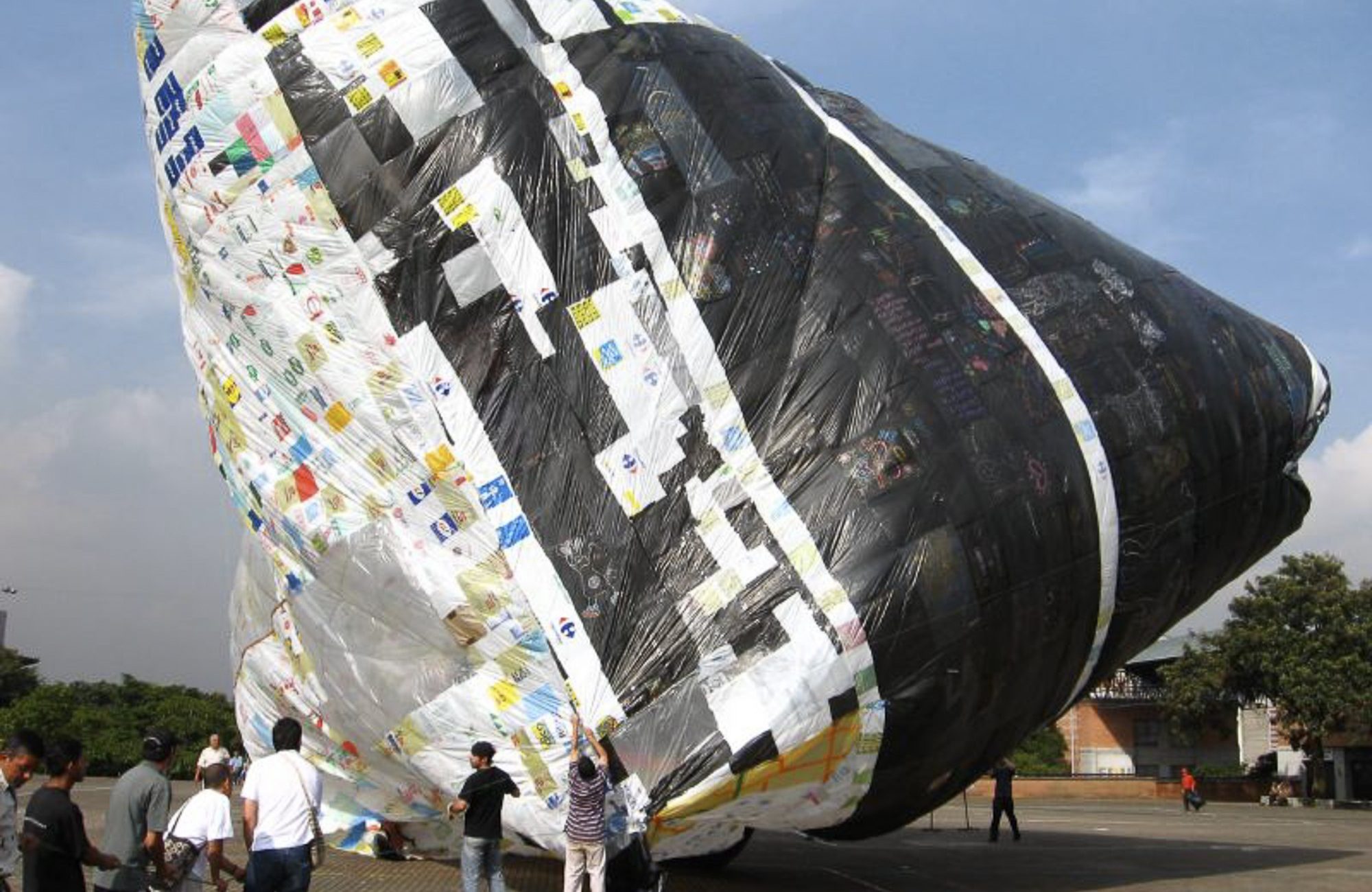


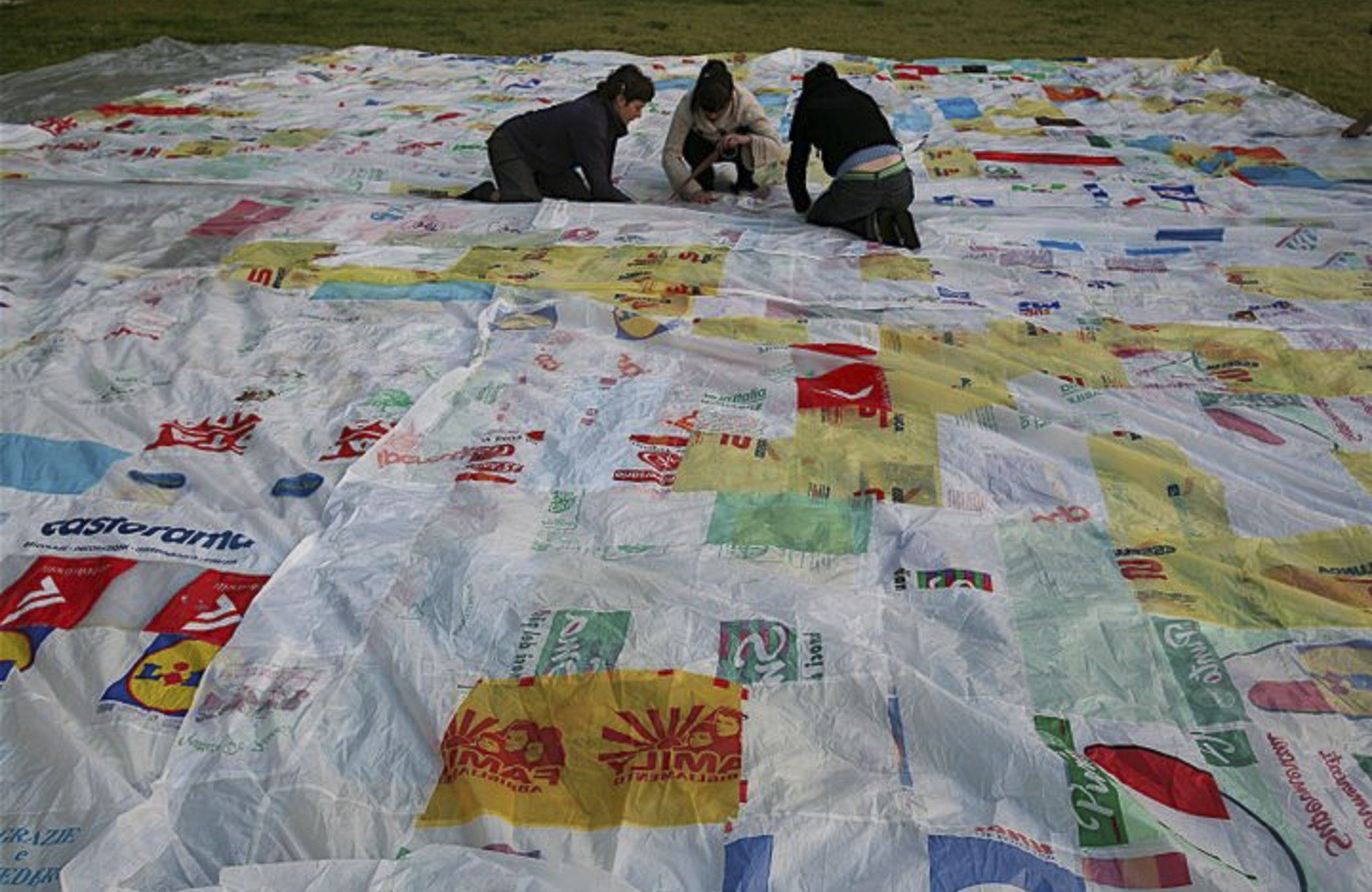

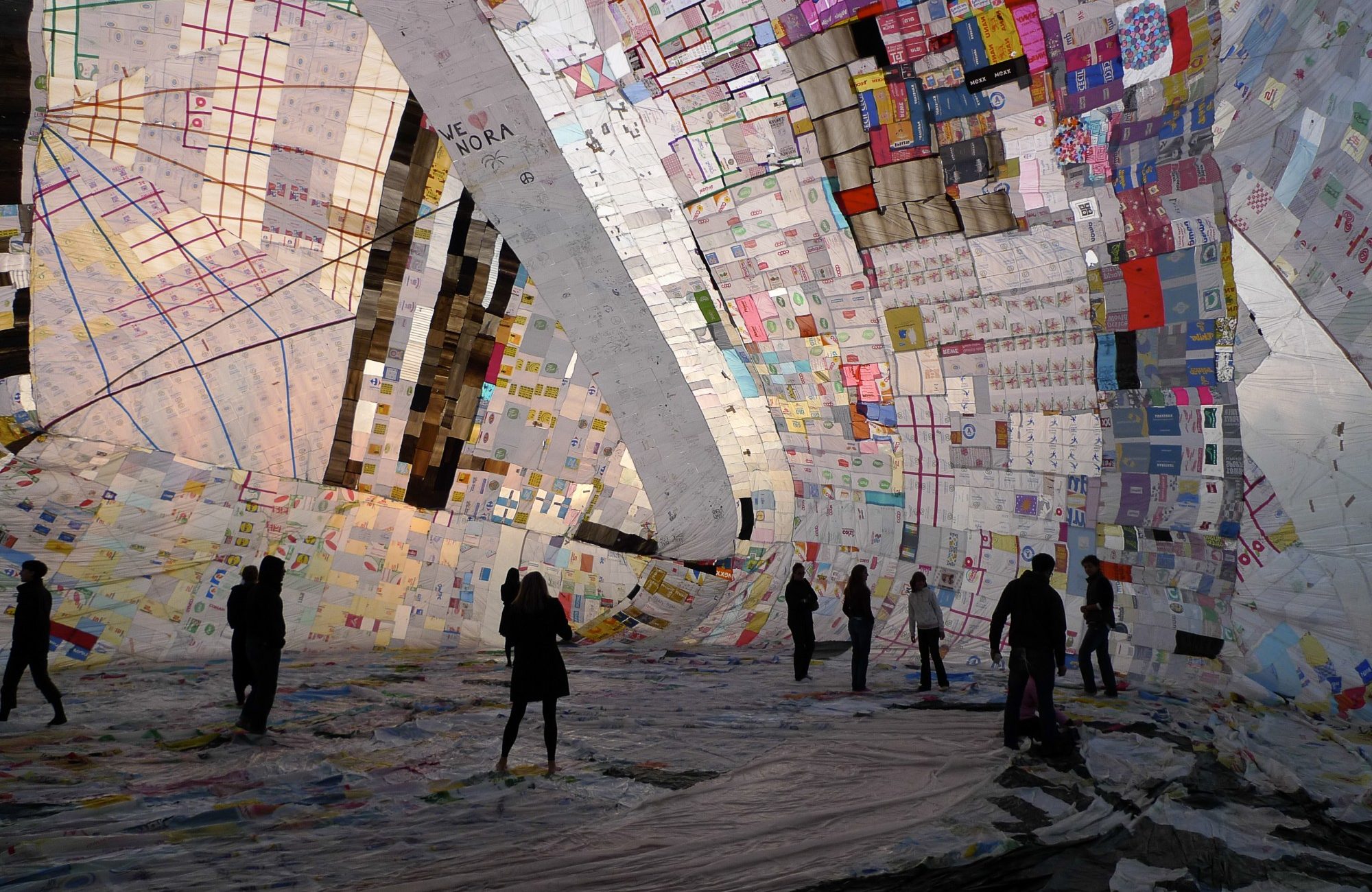
Initiated in conversations between Tomás Saraceno and Alberto Pesavento in 2007, Museo Aero Solar unfolds in the space formed between human and non-human participants in the simple acts of cooperation and the reusing of plastic bags to collectively produce an aerosolar sculpture, capable of moving on air, using only the power of the Sun.
Bringing people together through workshops and social gatherings in more than 21 locations to date, the practice of Museo Aero Solar—in a state of constant reassembling—entails the reclamation of plastic from the disposability of current political and aesthetic economies and its transformation from an infamous material of our current geologic epoch into a mind-expanding matter: rather than being discarded, the reclaimed plastic is washed, dried and cared for, united together as a canvas for the collection of personal stories and friendships, expressed in drawings made on the plastic membrane.
In their true plural potential, and through encouraging sensitivity and care to the environment, each manifestation of Museo Aero Solar raises questions of other possible futures. The individual, salvaged components of Museo reflect on how we may renew a more relational understanding of the environment, our embedment within it, and of more reciprocal modes of living together.
The core of Museo resides not in its image, but in the inventiveness and collaboration of local activators: initiated through transdisciplinary actions, workshops and social gatherings across the planet—from primary schools to The Anthropocene Monument with Bruno Latour, the Red Cross Climate Conference with Pablo Suarez to the growing Global Climate Strikes—over 20,000 plastic bags have been collected by the displaced, open-source community, which is situated, among others, in Argentina, Colombia, Cuba, Germany, Italy, Palestine, Switzerland, the United Arab Emirates and the United States of America.
BUILD IT YOURSELF! BUILD IT TOGETHER!





DOWNLOAD THE INSTRUCTIONS
DOWNLOAD THE INFO PACK
All tethered flights and other activities conducted with the Aerocene Backpack included envelope and Museo Aero Solar -either self built or borrowed, will be at your sole risk and responsibility. Read more about safety on the website’s HOW TO FLOAT section.
AEROCENE BACKPACK
a kit that teaches you how to float

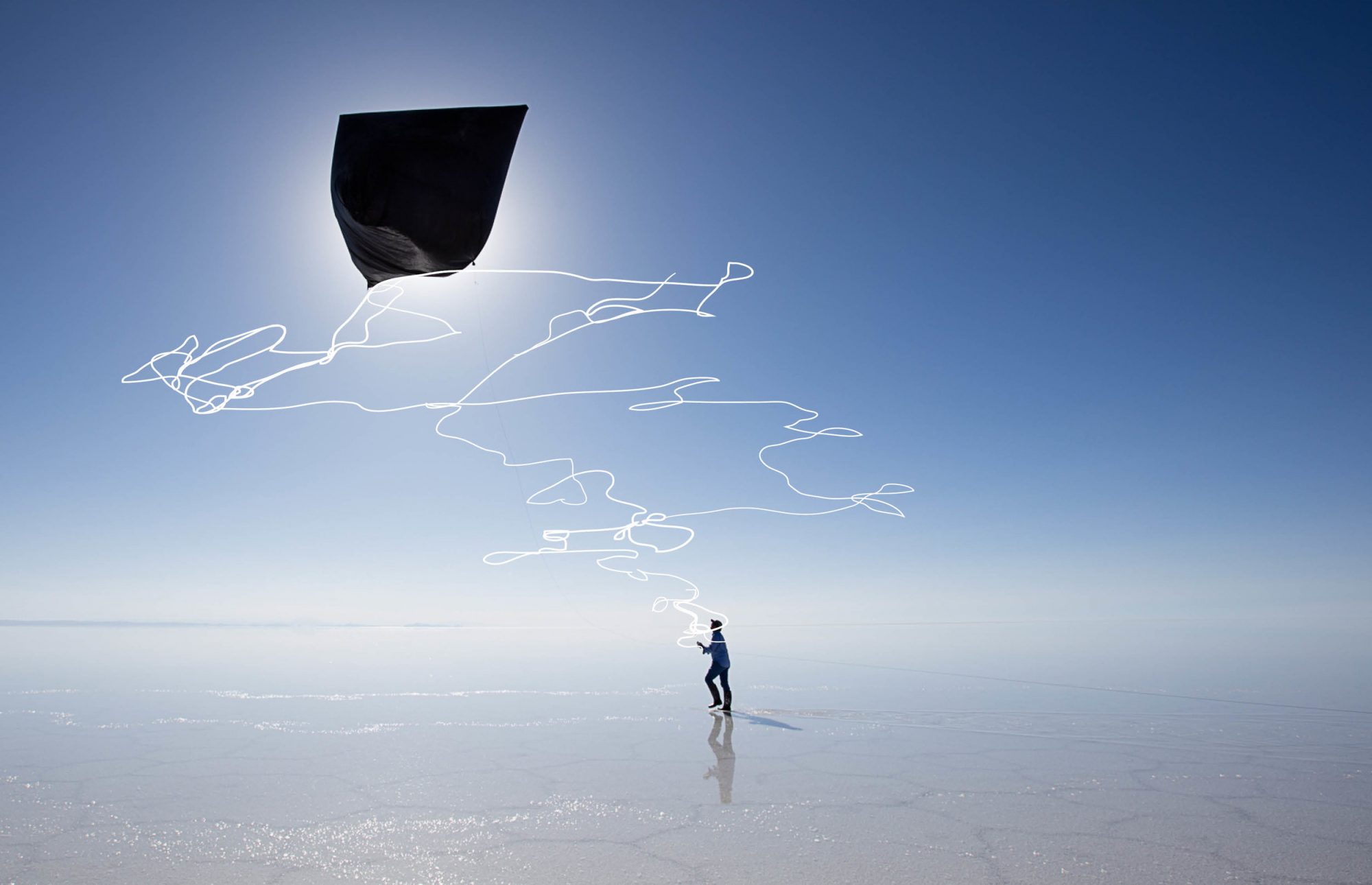
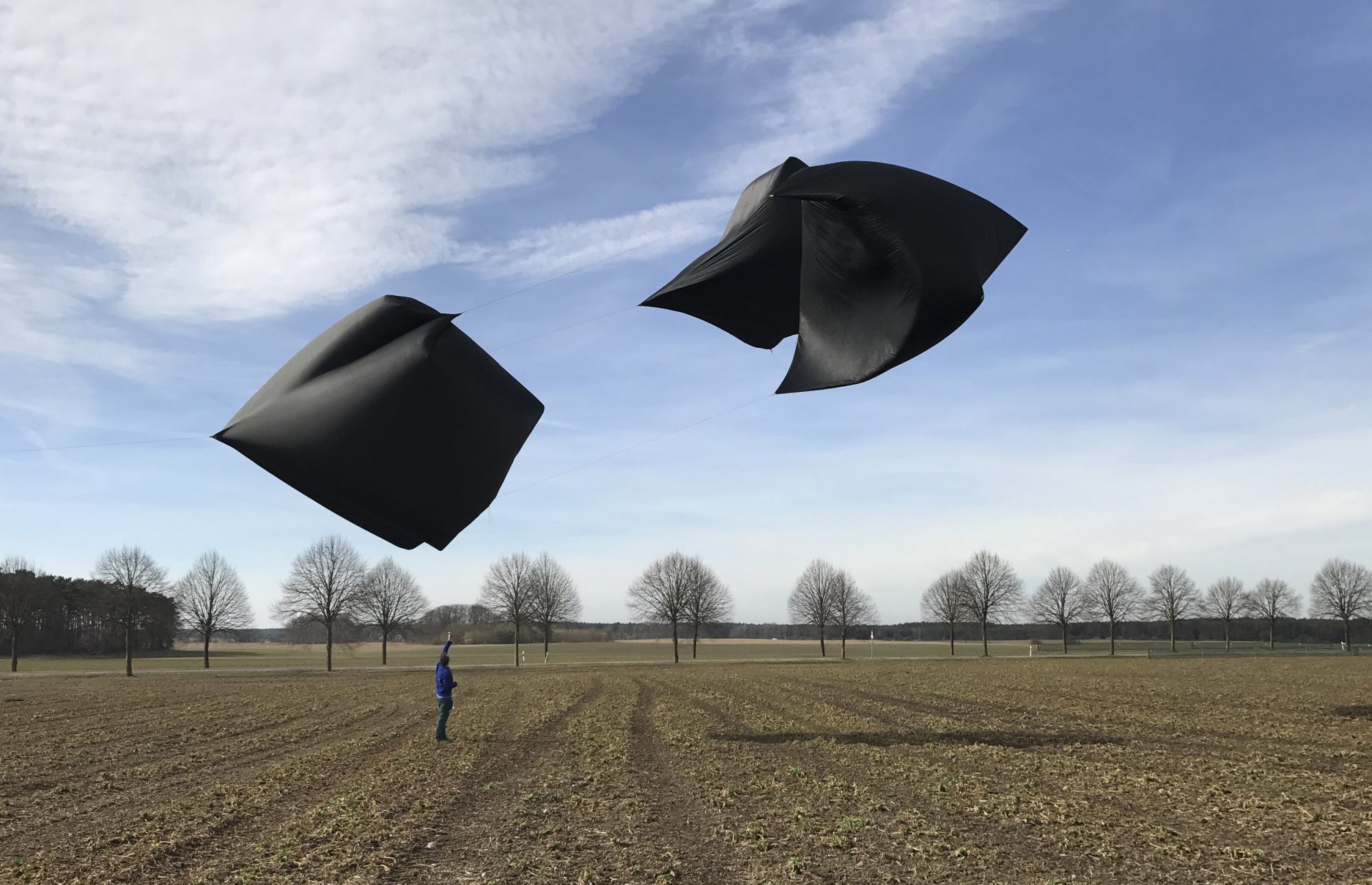
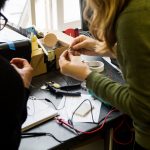
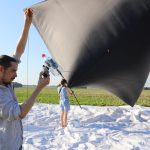


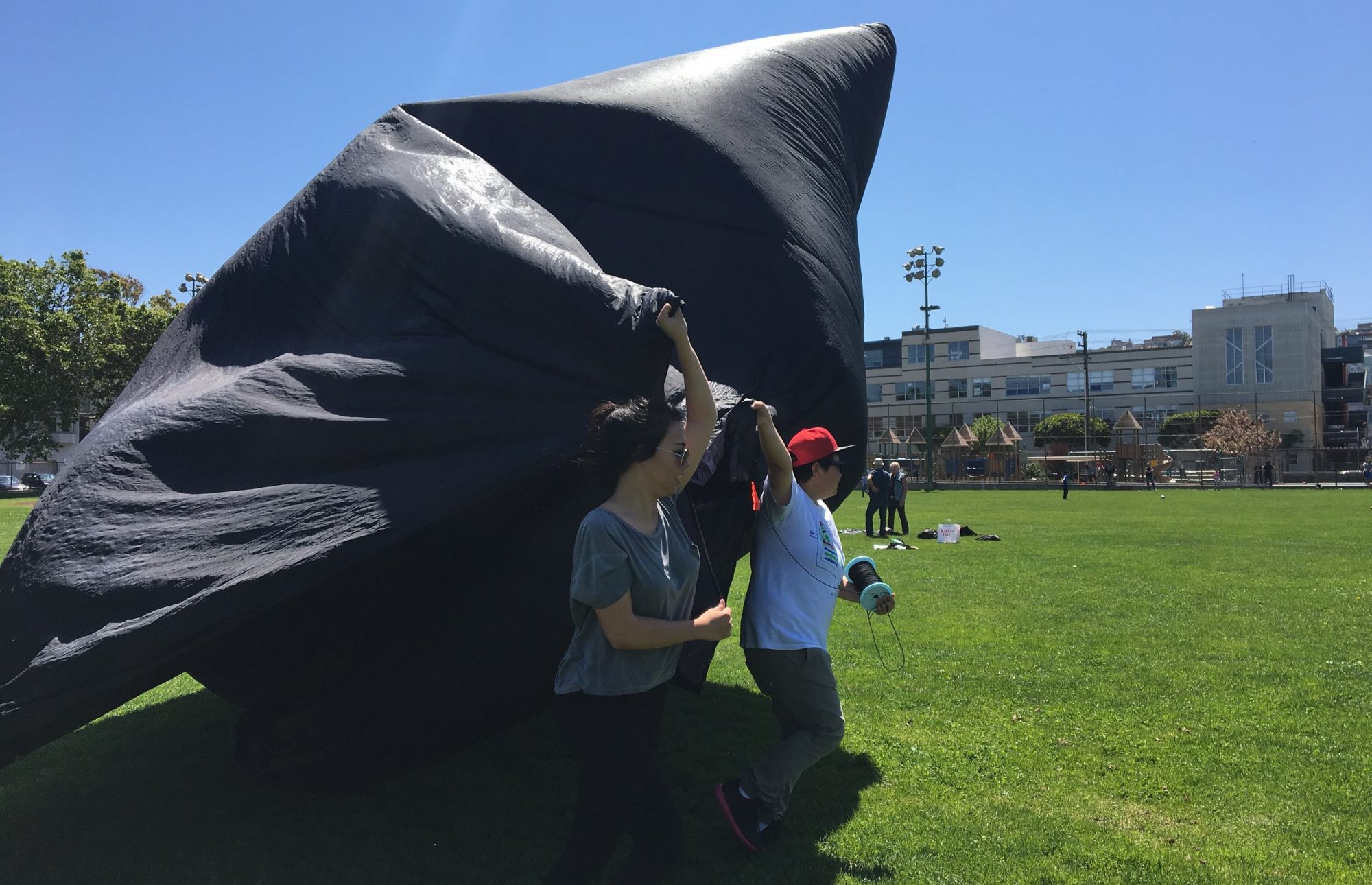

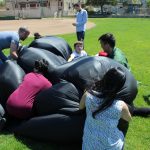


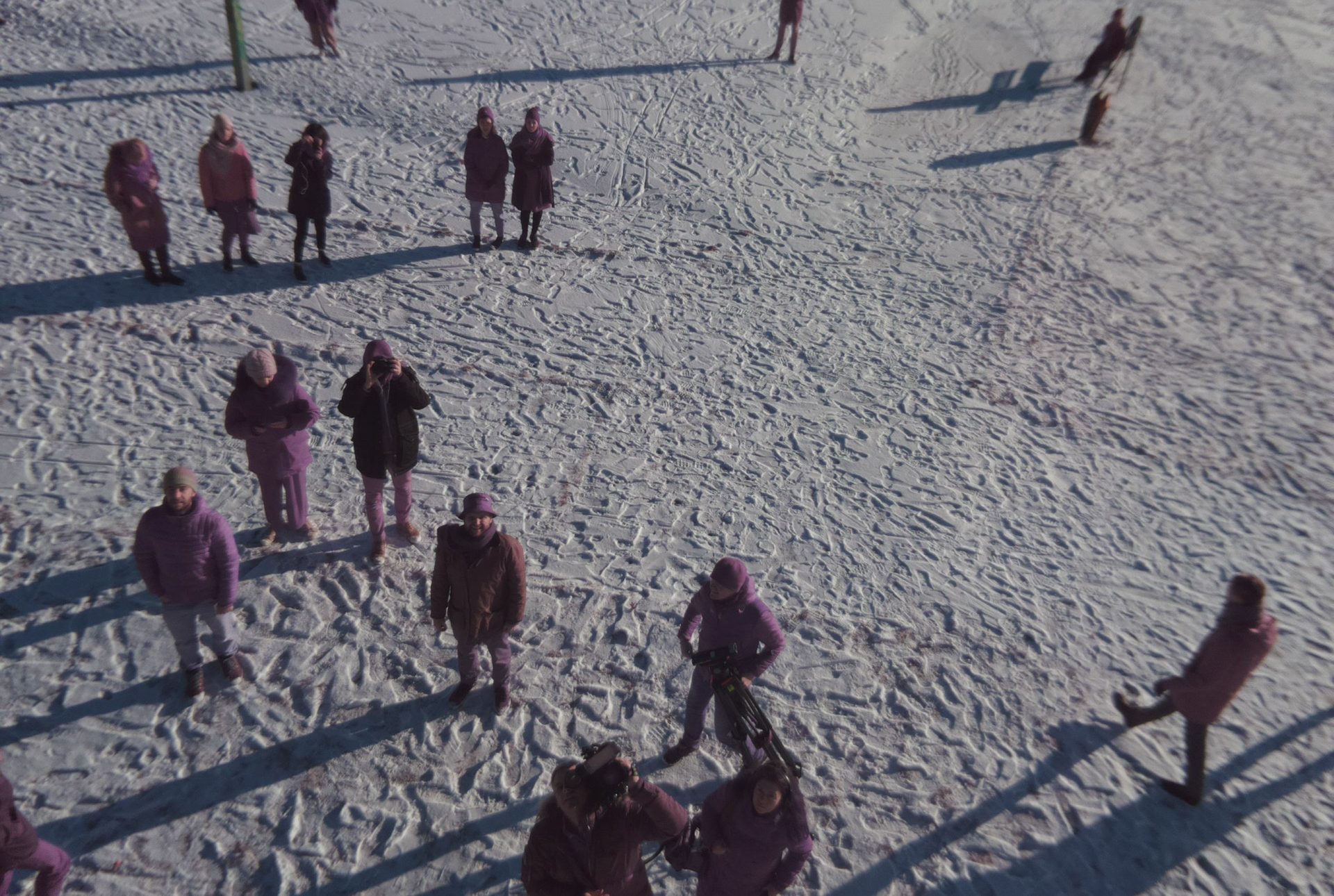
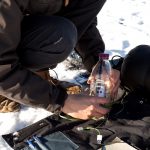
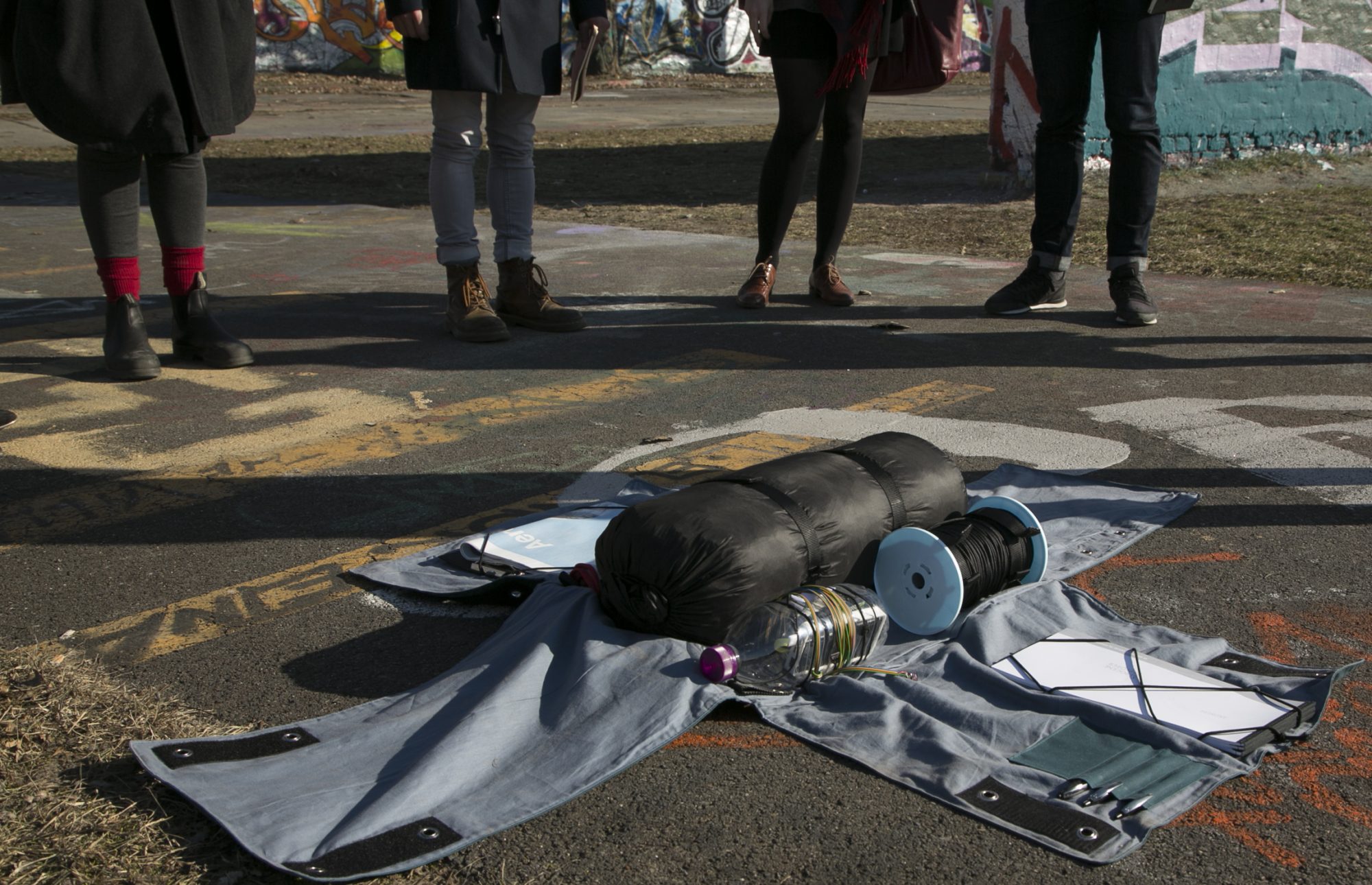




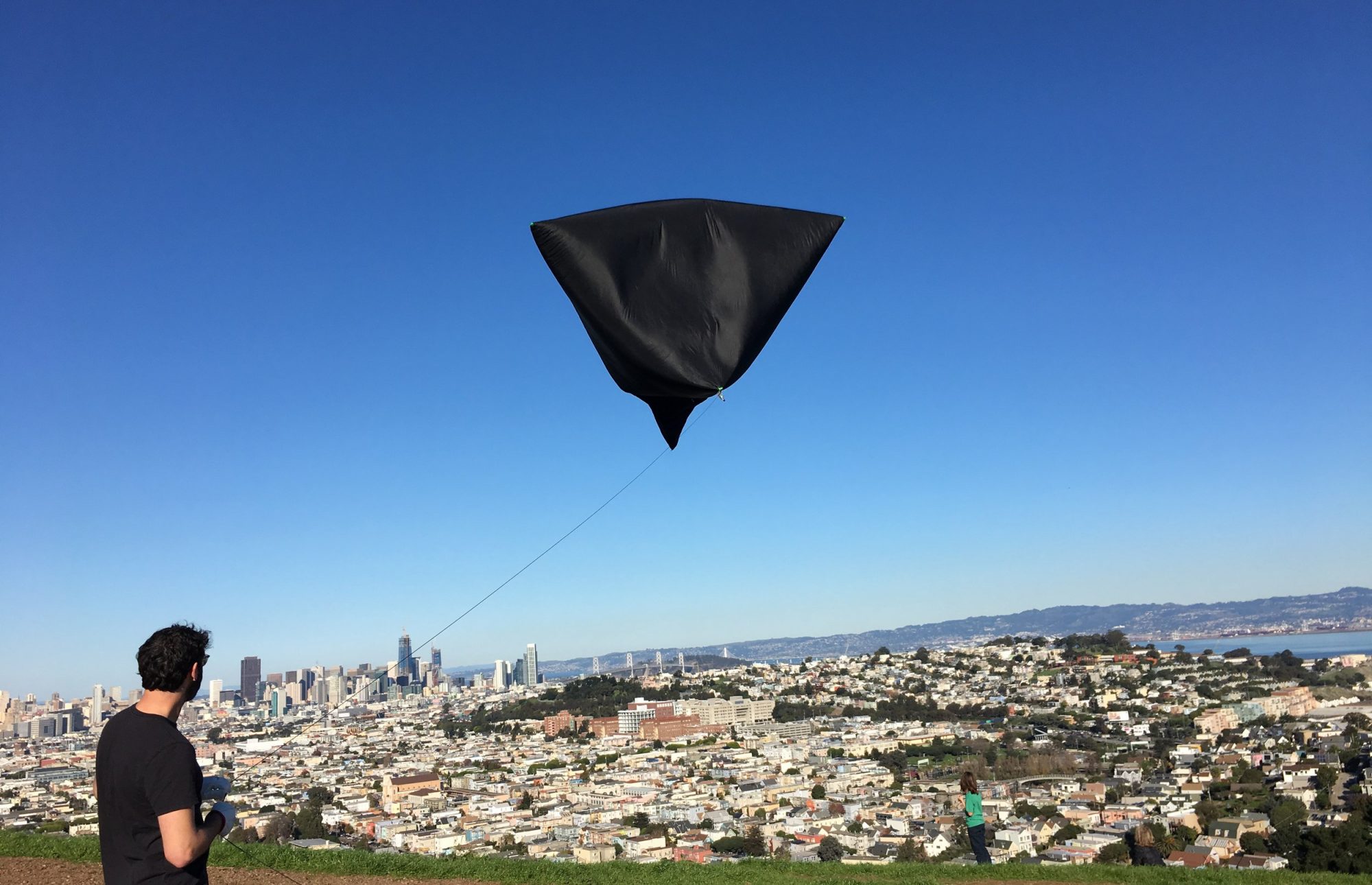

The Aerocene Backpack is a portable floating kit, which enables anyone to launch their own aerosolar sculpture and start sensing the ocean of air, lifted only by the sun,without the use of fossil fuels, helium, hydrogen, solar panels, or batteries.
With only heat provided by the sun, the enclosed aerosolar sculpture lifts several sensors contained within the SensAIR device that captures atmospheric data such as temperature, humidity, pressure and air quality.
The Backpack is designed to engage participants in thinking-through-making activity, stimulating imagination and creativity, and imparts information about solar balloon flight, thermodynamic physics, meteorological science, and art practices.
A poetic tool for imagining a renewed era without fossil fuels, the Aerocene Backpack is a sculpture that is intended to be borrowed or built autonomously, and is always evolving through an ongoing, collective process of construction through an open-source approach.
Have you floated with the Backpack?
Share your experience with us! Write to info@aerocene.org.
The Aerocene Backpack is currently being tested and developed by a passionate global community of artists, geographers, philosophers, thinkers, speculative scientists, explorers, balloonists, and technologists, and many other enthusiasts.
WHAT CAN I DO WITH THE BACKPACK?
FLOAT PREDICTOR | AEROCENE APP
Travel around the world lifted only by the sun
START YOUR AEROSOLAR JOURNEY
DOWNLOAD THE AEROCENE APP
In 2012, the Aerocene Float Predictor was developed, a global forecasting system utilising meteorological data to predict flight paths of aerosolar sculptures as they drift with the winds, challenging geopolitical borders and weaving trajectories that become signatures petitioning for the de-carbonisation of the air, and towards independence from fossil fuels.
Incorporating real-time information from 16-day forecasts of wind speeds at different altitudes, the Float Predictor is a navigational tool used to plan journeys in the Aerocene epoch. It allows for endless virtual journeys around the globe without CO2-emissions lifted only by the sun and the air, carried only by the wind, beyond national borders.
A community tool based on an open source code which emerged in 2012 from an idea of Aerocene initiator and community member Tomás Saraceno in conversation with Lodovica Illari at the MIT Department of Earth, Atmospheric and Planetary Sciences (EAPS), Glenn Flierl, Bill McKenna.
Since then, the trajectory computation, Visualization and Design has been developed by Cambridge University Space Flight (CUSF), Ingo Randolf, Roham Fayazy, Studio Folder and Angelo Sameraro. The journey of the Float Predictor app has been uplifted by Aerocene Foundation, Studio Tomás Saraceno, PublicLab, Imperial College London, Radio Amateurs DE and UK, and the UK High Altitude Society.


